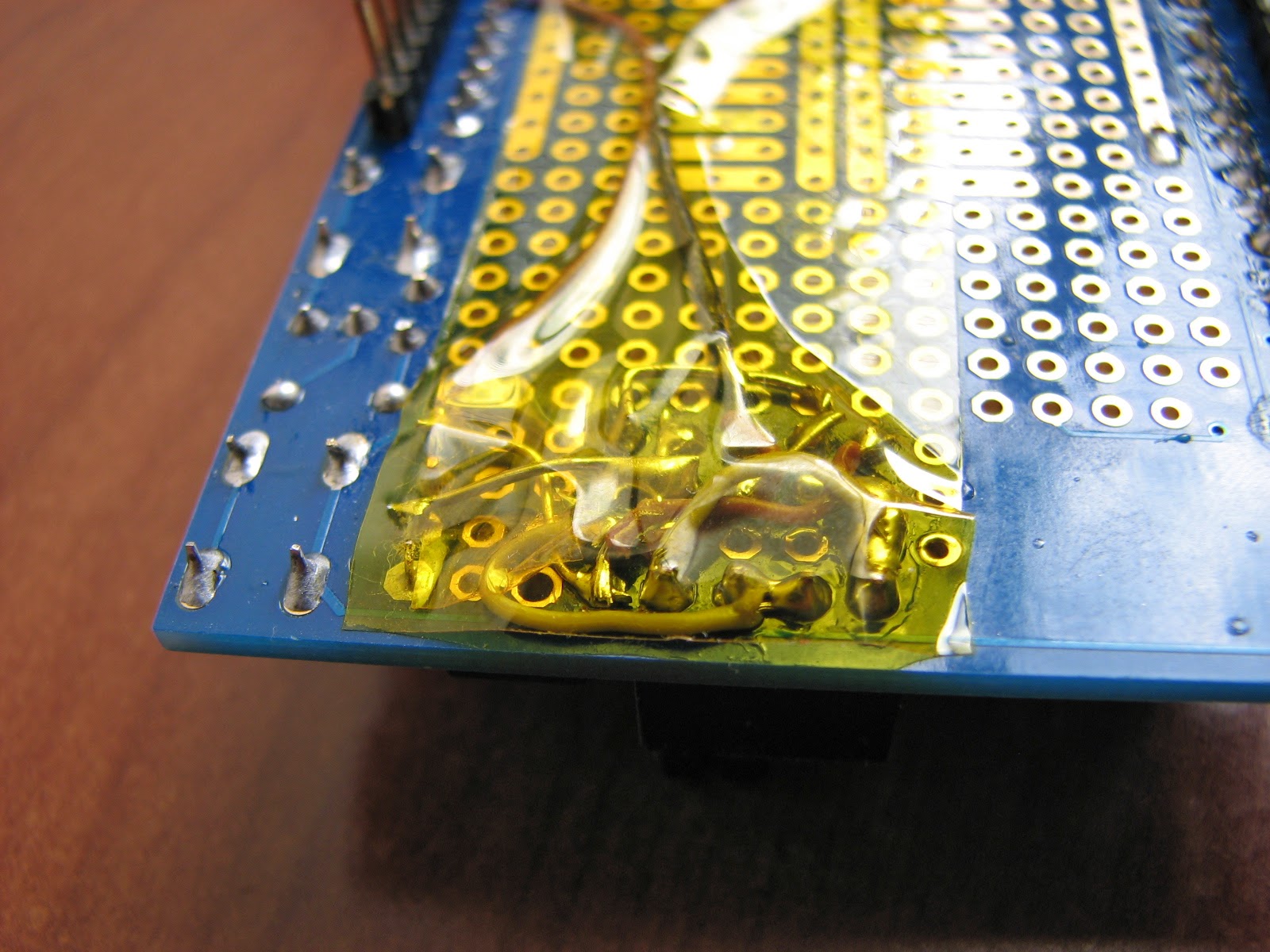Yellowed R2-D2?
This R2 unit was acquired from some jawas who came by my house a long time ago...
So long ago, that its shell yellowed from the effects of the UV and its 12+ years of ownership.
This is the Hasbro voice command R2 unit, made of plastic..
Since the yellowing is caused primarily by the bromine present in the flame retardant the manufacturer adds to the ABS plastic, I thought of actually reversing the yellowing process instead of painting R2.
This can be accomplished with a mix called Retr0bright.
These are the preliminary results after day 1:
Left: 10:30am. Right: 6:00pm after brushing it with Retrobright and direct UV from sunlight.
The results are impressive to say the least. The yellowing does not go away completely but I am very satisfied with the improvement. Texture of the plastic was not affected in any way, although the blue paint got some stains that I think I can fix with polishing with some cloth.
Skills required:
- Disassembly skills and (screwdrivers+patience). There's an instructive video on how to disassemble R2.
- Soldering skills. Quite a bit, yes. In order to truly separate all the plastic from electronics, you need to de-solder some of the wiring. And you want to truly separate plastic because you will need washing, brushing, painting, rinsing your droid. Attempting this on an assembled model will be MUCH harder.
Inside R2.
Ultra-Violet (UV) exposure for 7 hours
Detail of motor circuit being de-soldered.
Ultra-Violet (UV) exposure for 7 hours
Get it done:
1.- Check the weather forecast and ensure a full sunny day if that is possible at your location.
2.- Lay your plastic parts as separate to each other as you can, so they don't shadow themselves.
3.- Put on your gloves and goggles and prepare a Retr0brite mix. 1/3 of a cereal bowl should do. It will seem too much at first but you will be re-applying many times throughout the day until you deplete your dose.
4.- Paint a layer over the yellow. Try to avoid paint and stickers but if you paint over them there won't be substantial damage to the paint so no need to be perfect.
5.- Leave it there for two hours and re-apply as soon as you see it's drying out. Rinse your latex gloves with water every time, then remove them from your hands.
6.- Let the sun do its magic.
7.- Go to step 5 until sunset.
8.- Rinse your plastic parts one by one and use a brush to ensure mechanical removal. Don't ever remove your gloves nor your goggles.
9.- Repeat another day if needed.
10.- Sell it to the same Jawas for double the price.
WARNING:
This project is not for kids. Maybe not even for adults (if you happen to have another droid to do this for you, have HIM do it.)
The reason being that Hydrogen Peroxide at this concentration can SEVERELY BURN YOUR SKIN or BLIND YOU FOR GOOD.
I used latex gloves at all times, and while rinsing the plastic with a brush I accidentally sprayed some of the substance straight to my eyes. I was wearing eye protection, however I experienced some burning on my face out of oxidative stress on skin, to a point it hurts and whitened the surface of the skin.
USE IT AT YOUR OWN RISK AND WEAR EYE AND HAND PROTECTION AT ALL TIMES






.jpg)





















